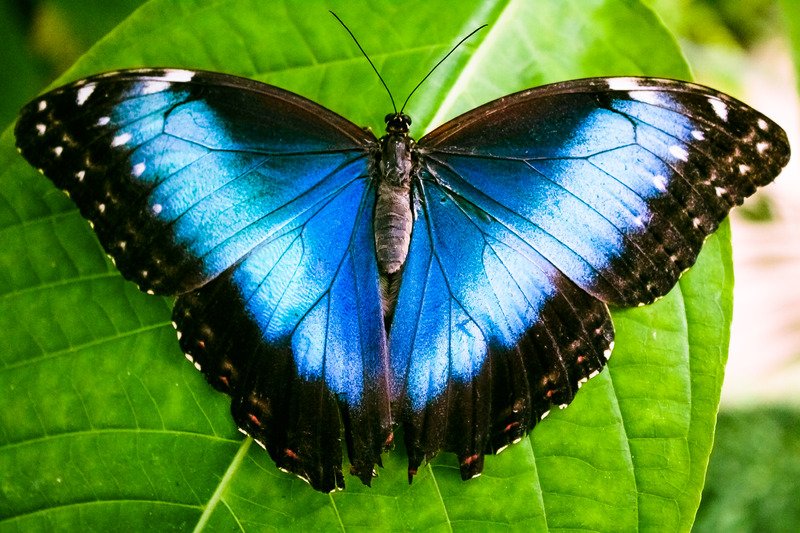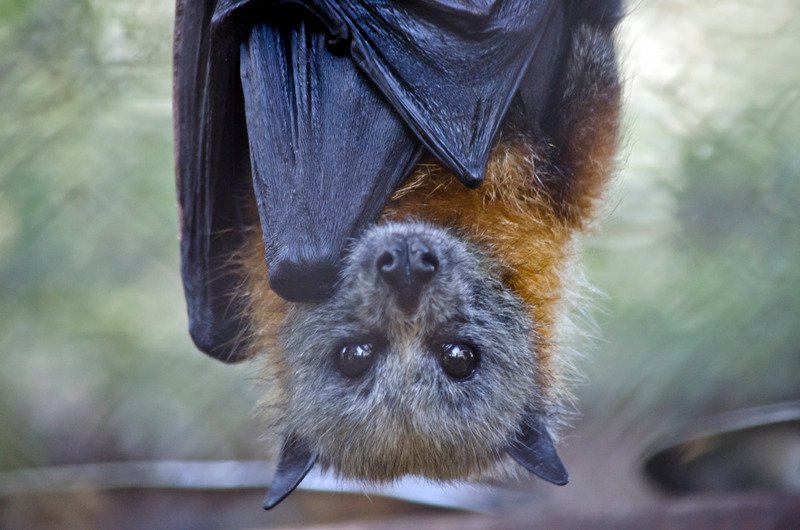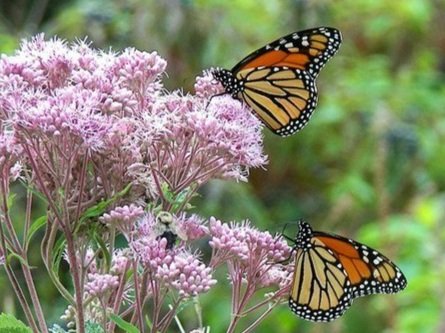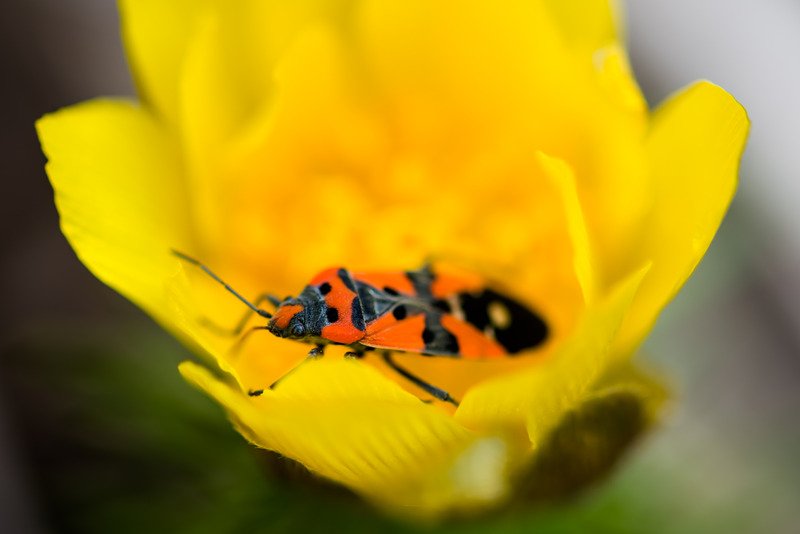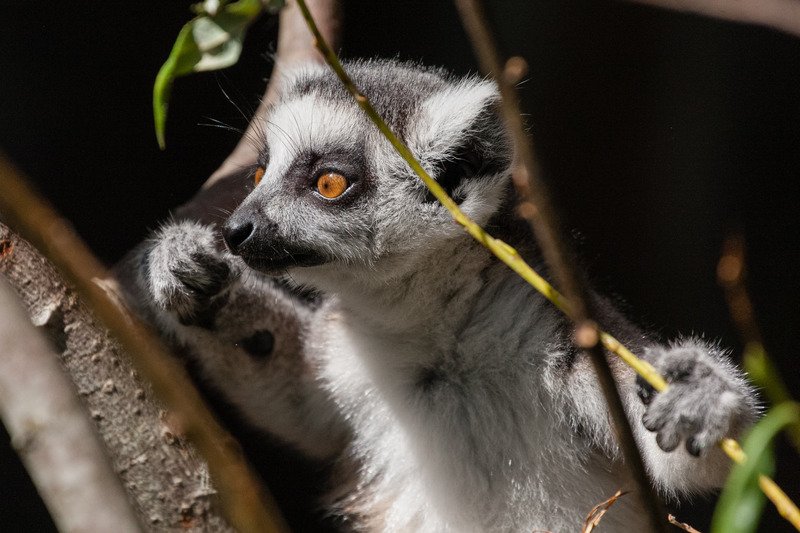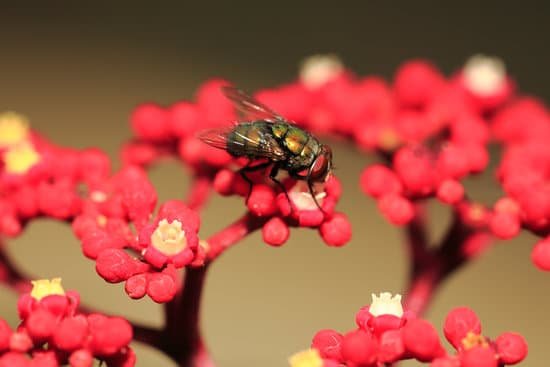“In Yasuní National Park, when I was 19, I saw fantastic flowers there. Pink flowers, and all the hummingbirds. Tiny, like flies. Flying into the flowers. I was with some children, and suddenly, the hummingbirds just arrived to us. Covering our bodies. I was in tears. And I said, “My God, what is this? This is a miracle.” I was crying, and the hummingbirds, 15 hummingbirds on my face. Tiny, kissing me. And I could feel the wings.”
Pollinators buzz, flutter, forage and creep from plant to plant, seeking pollen and nectar for their nourishment. They are essential for sustaining life, biodiversity, food for all, and adding beauty to Mother Earth. In sacred reciprocity they collaborate with grasslands, deserts, forests, fields, and gardens to reproduce, and flourish.
The vast majority of plants need pollinators to produce seeds and fruit. Bees, birds, bats, butterflies, moths, flies, beetles, wasps, and small mammals visit flowers to drink nectar or feed off of pollen and transport pollen grains as they move from spot to spot. The energy that powers pollinator growth, metamorphosis, flight, and reproduction comes from sugars in nectar and the nutrients from pollen grains.
The secret of their bond of partnership is that neither plant nor pollinator populations can exist in isolation – should one disappear, the other is one generation away from disaster. They are co-evolutionary partners and depend on each other for survival. As humans, we depend on both of them for our survival.
Many of their populations are in decline and need our attention, attunement, and support.
Scroll down for Pollinator resources (great information about pollinators and their importance), as well as Pollinator love notes.
Planning Your Gratitude Ceremony
April 29th, 2022 at your own time
This is a coordinated prayer that you offer in your own landscape (not an online event)
In recognition of Pollinators and the contribution they provide to the web of life, we invite you to join us for the ONE Pollinator Gratitude Ceremony. Members of the ONE community will express their gratitude for Pollinators around the world. We encourage you to pray with the land and Pollinators where you live, adding your Heart and energy to a vibrant future for Earth and all life.
Reciprocity is a cornerstone in good relationships with our Nature kin, and showing our gratitude is key to building Co-Creative Partnership with our lands and more-than-human kin. Preparing for this ceremony and expressing your gratitude will help build more relationship and understanding between you and Pollinators.
In coordinating this simple ceremony, we have partnered with our friends at For a Tree, and we’ve created a printable instruction sheet to provide guidance and the framework for you to bring your creativity and open heart.
We invite you to let us know that you will be participating in this gratitude ceremony. If you are inspired, please share your Pollinator love notes and stories through the “Let us know you’re participating” button.
You are also invited to participate in our online community meet-up to share about your experience, Pollinators and gratitude on May 2nd.
Courage Comes in Different Sizes
Usually, when I think of pollinators, the image that arises is of a butterfly’s leisurely landing on a milkweed blossom or a hummingbird’s hover at the entrance to a scarlet sage. Or perhaps a bumblebee emerging fat and golden-dusted from her poppy flower drink - the types of delicious moments that Mary Oliver writes about in the poem below.
But in Vermont, on these cool spring days, snow just recently melted, I am feeling beyond the refined flower dances, and a different aspect of pollinator life is growing in my heart-mind. And I am sitting sweater-clad, in awe, wonderment, and deep respect.
What must it take for tiny hummingbird wings to make a nonstop journey over a thousand miles or more? Over desert and ocean? And the monarch butterflies’ migration to and from their breeding grounds - millions of colorful wings fluttering thousands of miles.
And as for those who stayed north: I imagine the hum of tireless, countless wingbeats in the hive, worker bees keeping the queen warm through the winter. Or, for those who slept through the freezing times, to then push up through newly thawed earth into half-remembered light. Or even the audacity needed to break free from the soft cocoons of their own making. All emerging into a mysterious world of Earth awakening.
Courage.
This year when the buzzing, humming, fluttering, and scurrying signals the start of the pollination dance and our pollinator kin arrive in their outrageous, glorious iridescence, when the nectar sipping and pollen adornment begins, I will celebrate the courage of these relatives and give thanks for their determination.
~April Thanhauser, ONE Visioning Council Member
Pollinator Love and Gratitude
Beloved Pollinators, you are essential to our survival.
You remind us of our interconnectivity in the web of life.
As you seek and receive pollen for your nourishment,
you enable flowers to produce seed and fruit.
Your vital contribution to the continuation of life is recognized and honored.
Because of you, we are nourished and sustained.
May your foraging and nesting habitats be restored and replenished,
May you be free from disease and contaminants,
May there be plentiful blooming plants to support your survival.
May your migratory paths be free and plentiful.
I offer you my gratitude.
You are also invited to participate in our online community meet-up to share about your experience, Pollinators and gratitude on May 2nd.
“The migration of the monarch butterflies is one of the wonders of the world—we must save it for future generations.”
Resources
Organizations:
US Forest Service: good source of information on various animal pollinators in North America
Pollinator Partnership: dedicated to promoting the health of pollinators, many resources on their website, including an eco-region determiner for the United States and Canada and eco-regional planting guides for pollinator plants
Pollinator Pathway: dedicated to helping local communities create pollinator pathways
Bee City USA: brings together communities and their pollinators
The Xerces Society protects the natural world through the conservation of invertebrates and their habitats. They are a science-based organization, and one of their key program areas is pollinator conservation.
Articles:
How Farms (and Their Wild Pollinators) Can Survive the Stress of Climate Change: YES Magazine
Your Perfect Green Lawn is a Buzz Kill: Mother Jones Magazine
A refuge for pollinators: A case study of establishing large-scale pollinator habitat on marginal farmland using federal funds: scientific article from Michigan State University researchers Heather Chapman and Meghan Milbrath
Wild Bees Can Help Honey Bees—How Your Yard Can Support Them:Yes Magazine
Media:
Native Plants and Pollinators: A Symbiotic Relationship: easy-to-understand video about the relationship between plants and pollinators
The Beauty of Pollination-Moving Art: gorgeous imagery of pollinators and plants
Pollinators of Slovenia: mixed media from Emergence Magazine




